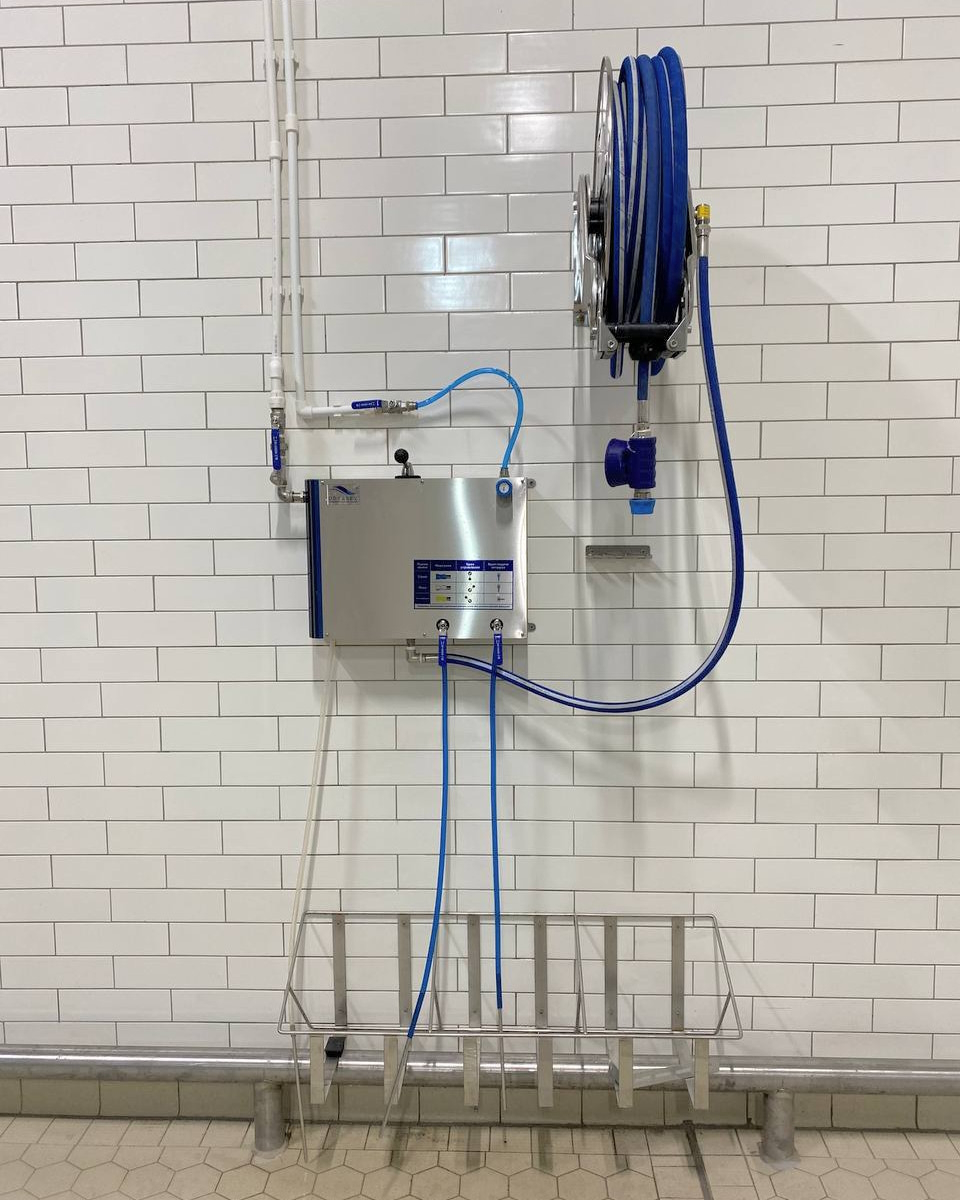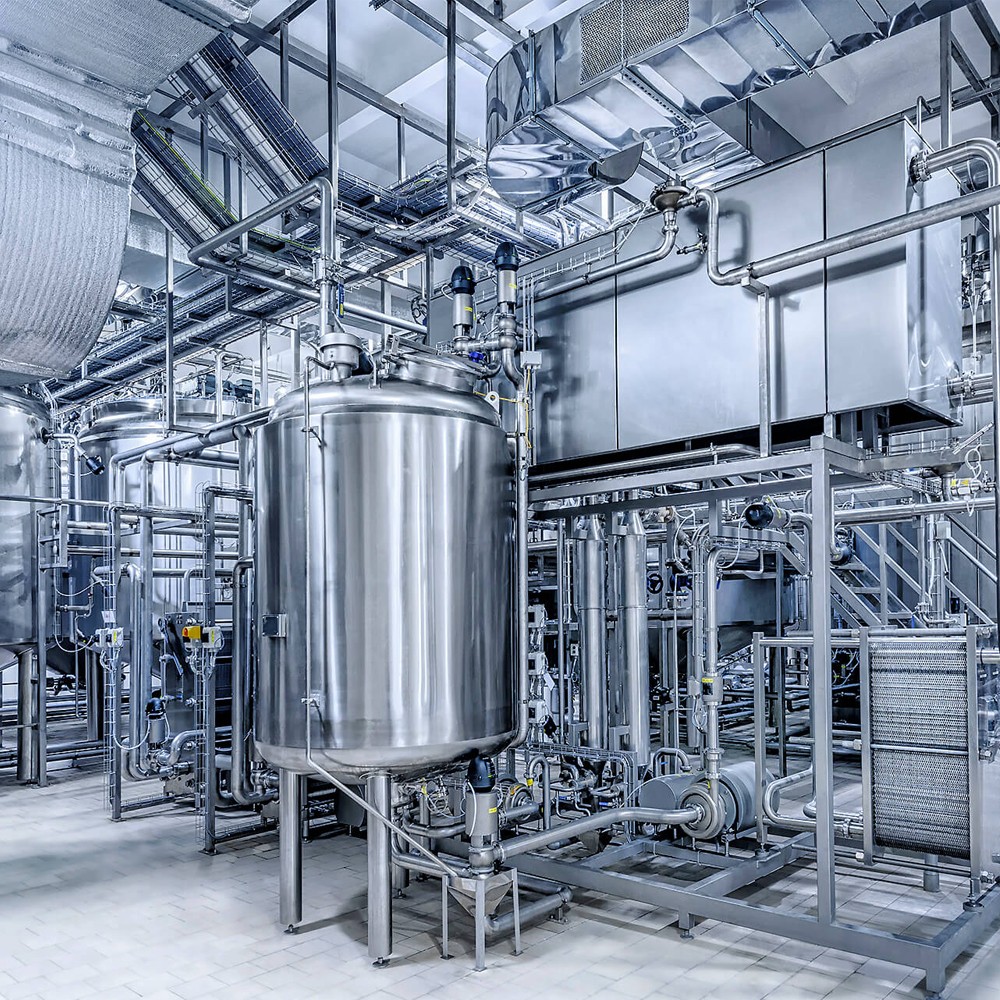Methods of analysis and control
Evaluating the effectiveness of cleaning and disinfection of industrial premises requires the use of various methods of analysis and control. These methods allow us to obtain objective data on the quality of the procedures performed, identify shortcomings in a timely manner and make necessary adjustments. Let’s consider the main methods of analysis and control used in production practice.
Traditional methods of analysis
- Microbiological tests.
- Tests for residual chemicals.
Microbiological tests, such as culture media seeding, are one of the most common methods of microbiological analysis. Samples are taken from surfaces after washing and disinfection and seeded on nutrient media. Based on the results of incubation, colonies of microorganisms are counted.


